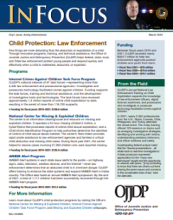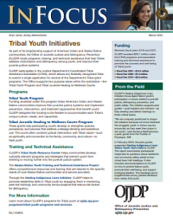Police Contacts, Arrests and Decreasing Self-Control and Personal Responsibility Among Female Adolescents.
NCJ Number
254388
Journal
Journal of Child Psychology and Psychiatry
Date Published
2018
Publication Link





